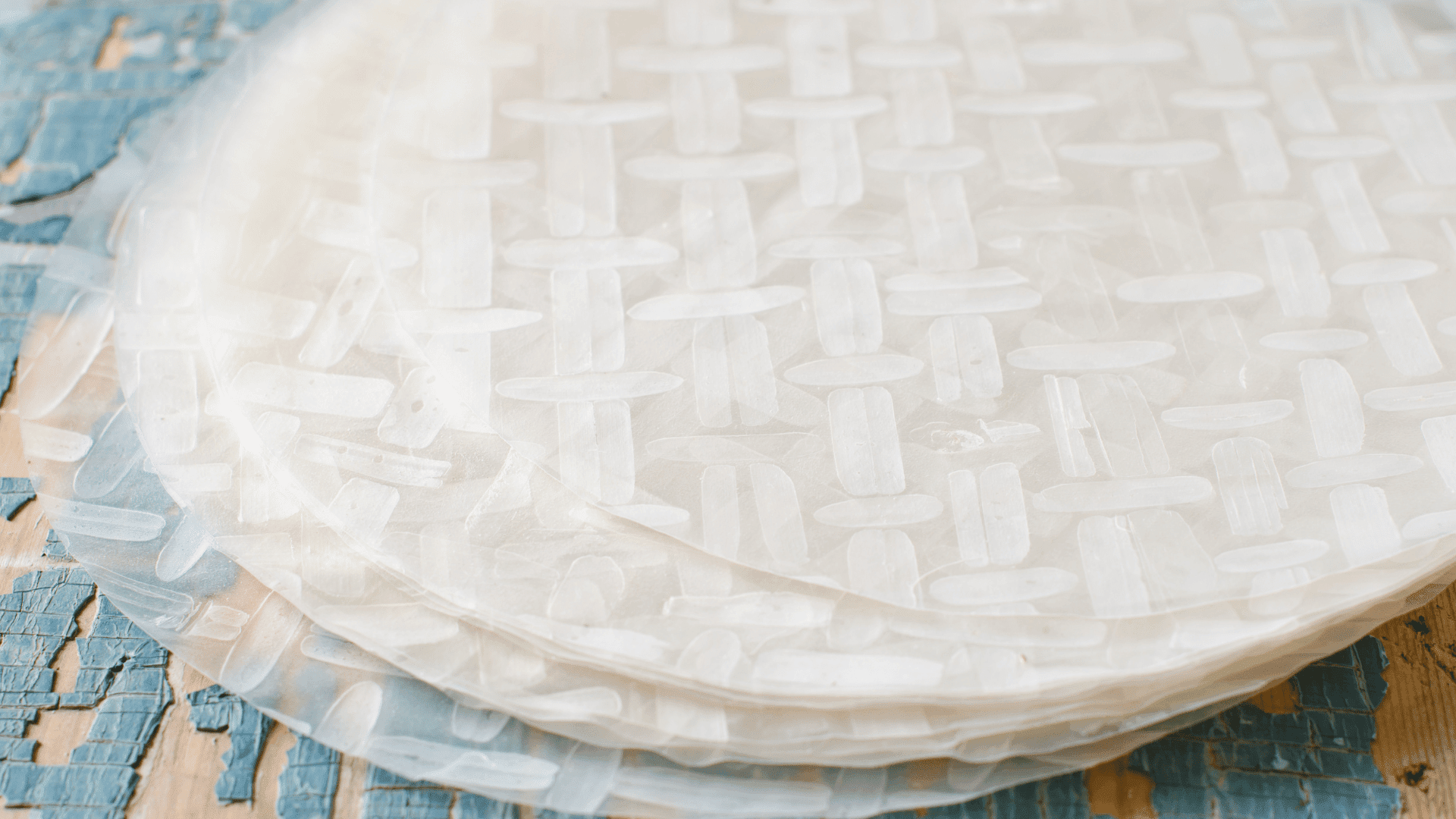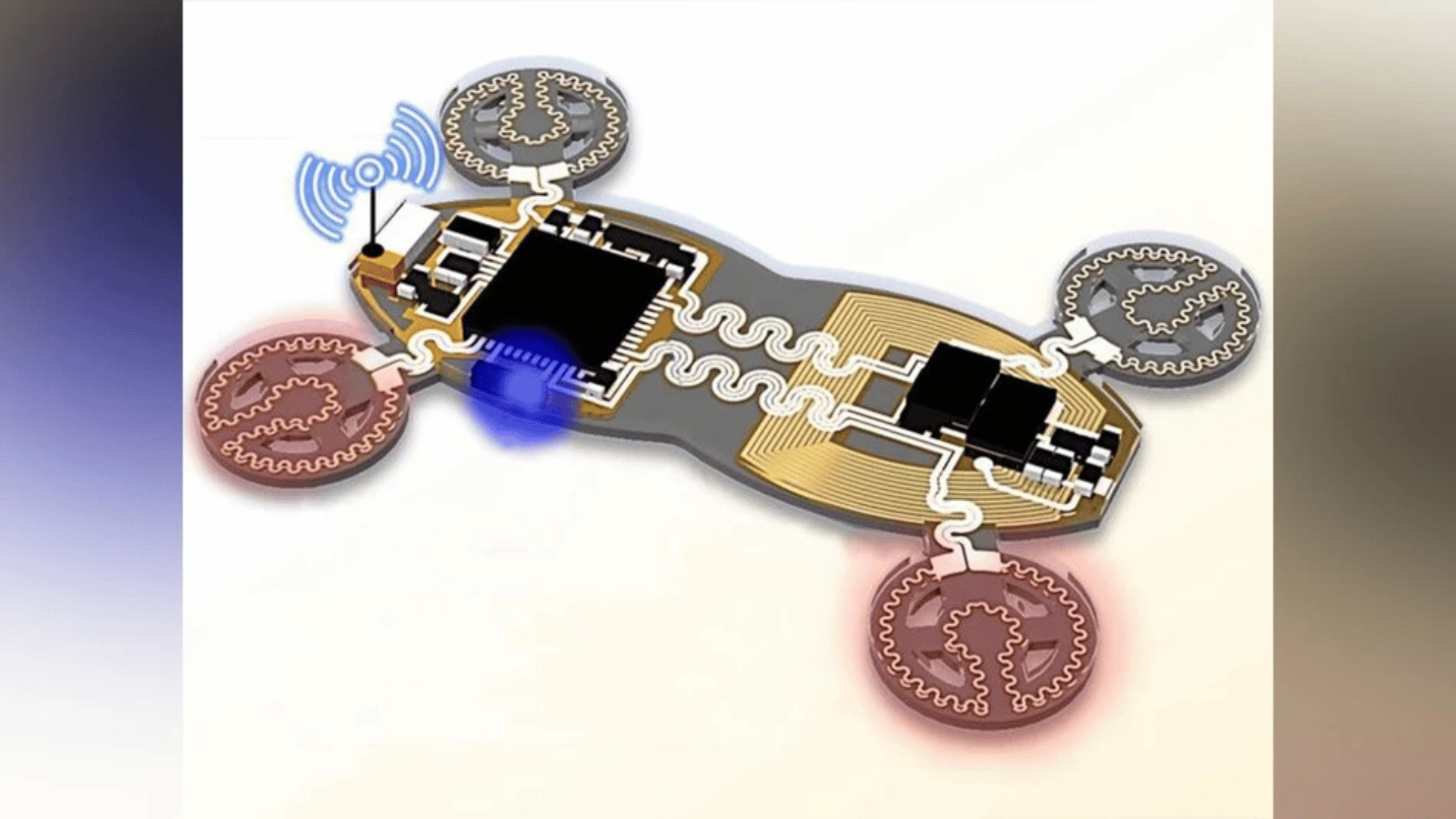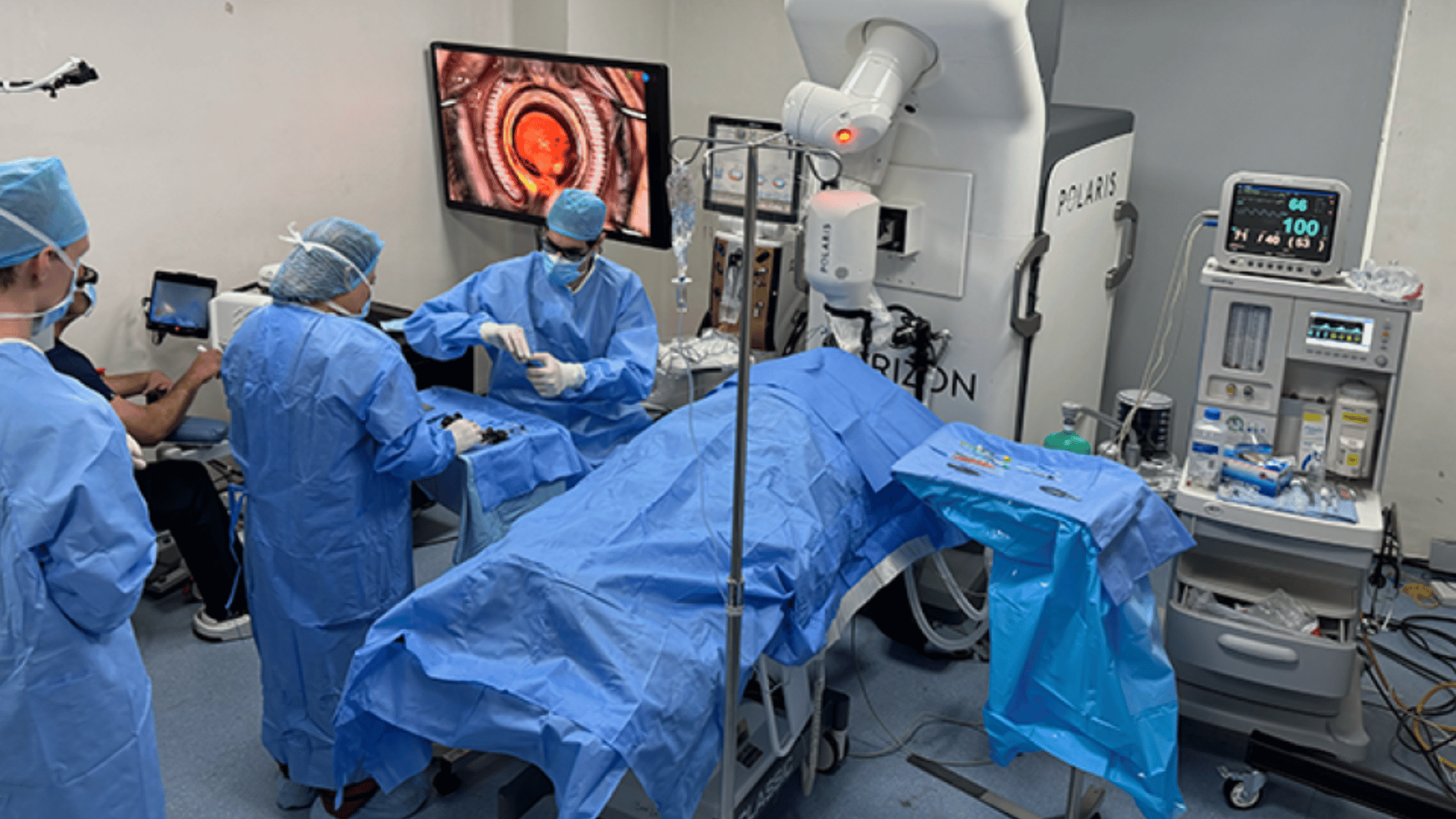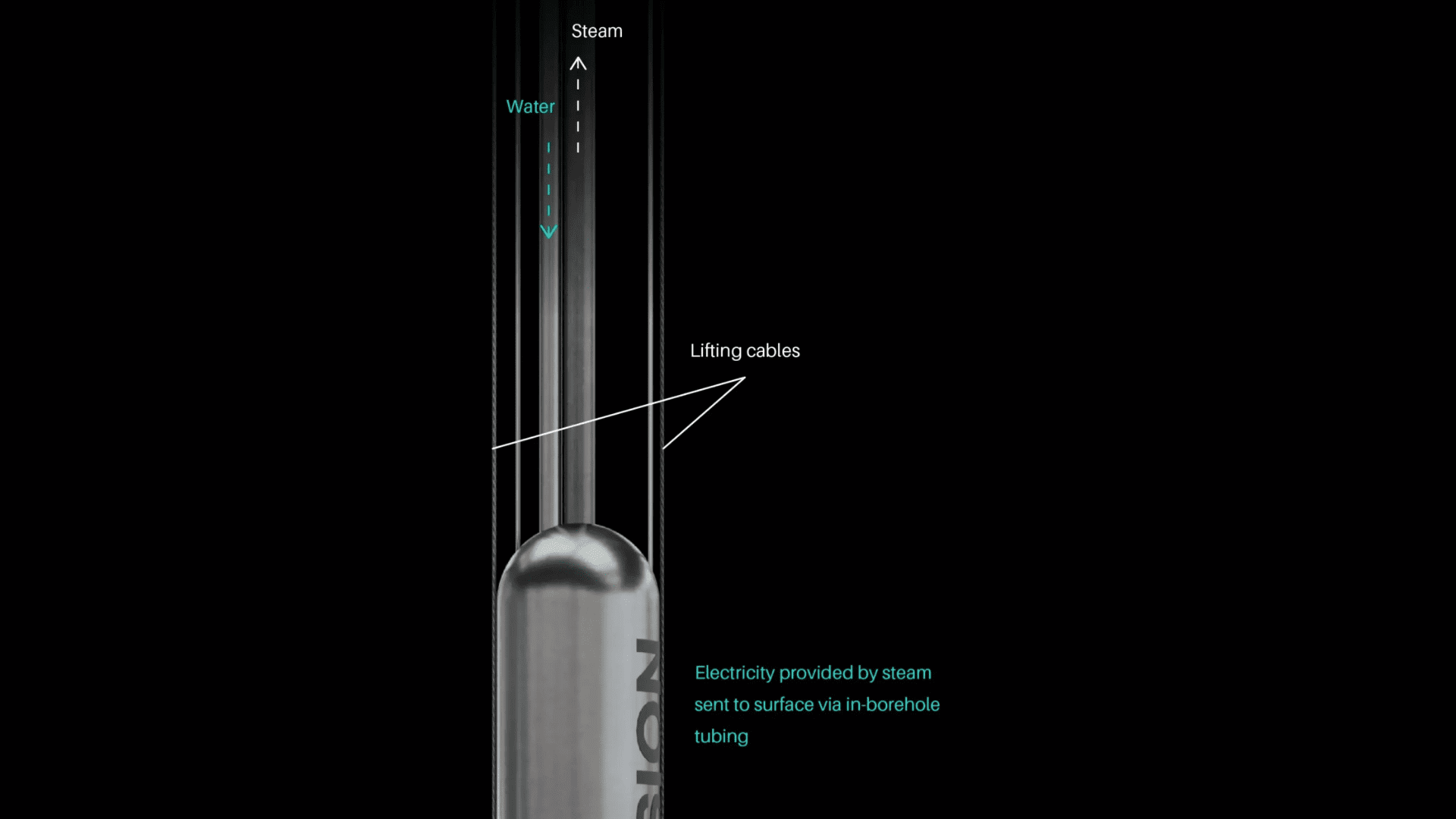Rice paper is a staple ingredient for wrapping spring rolls and sushi. However, University of Bristol researchers have found that it is also suitable, biodegradable, and non-toxic for a soft robot. They say rice paper has characteristics similar to those of the widely used material silicone.
Rice Paper Robot

The discovery opens up new and exciting possibilities for soft robot development. Rice paper allows researchers, educators, and students to experiment with soft robot production using a safe and sustainable material.
“Soft Robotics is a rapidly growing field worldwide that involves the creation of more flexible and adaptable robots using soft materials like silicone elastomers,” said the study’s lead author, Christine Braganza. “However, working with silicone generates long-lasting waste and is not always environmentally friendly.”
Researchers conducted various experiments with the rice paper, testing its strength, softness, and ability to break down safely. They wanted to see how it compares to silicone. The team found that rice paper, which is sustainably sourced from rice and cassava root, performs similarly to the most widely used soft robot silicone material, with the added benefit of breaking down without needing high temperatures or humidity.
The researchers say that the discovery is useful in numerous ways, for culinary and agricultural applications, and engages the public with soft robots. It opens up a new and sustainable option. As the team moves forward, they hope to build a soft robot that moves on its own and is made of only biodegradable materials. Their next step is investigating and developing a compostable fuel system and biodegradable control mechanism.
“Our research opens the door for anyone to experiment, create, and innovate in soft robotics—right from their own home in a sustainable way,” Braganza added. “It also provides researchers with a fresh approach to prototyping and is promising technology for agricultural and reforestation applications, like reseeding in hard-to-reach areas.”
What are Soft Robots?

Soft robots are designed to mimic living organisms. Robots are commonly rigid and hard and lack maneuverability. Soft robots are the opposite. Traditionally, materials like silicone, rubber, or gel allow them to be flexible.
For example, Engineers at ETH Zurich developed a robot snake that could reach areas humans, drones, or other robots couldn’t. RoBoa is designed to slither through rubble and debris following a disaster. In addition, the robotic reptile can nimbly maneuver through pipes and sewers.
Search and rescue is a common use for soft robots. However, researchers and scientists are exploring the possibility of using it in medicine. Researchers at Penn State formed a team to develop soft robots that could travel through the human body, for non-invasive surgeries or drug delivery.
With the University of Bristol’s new research, all of this could potentially be accomplished sustainably.







